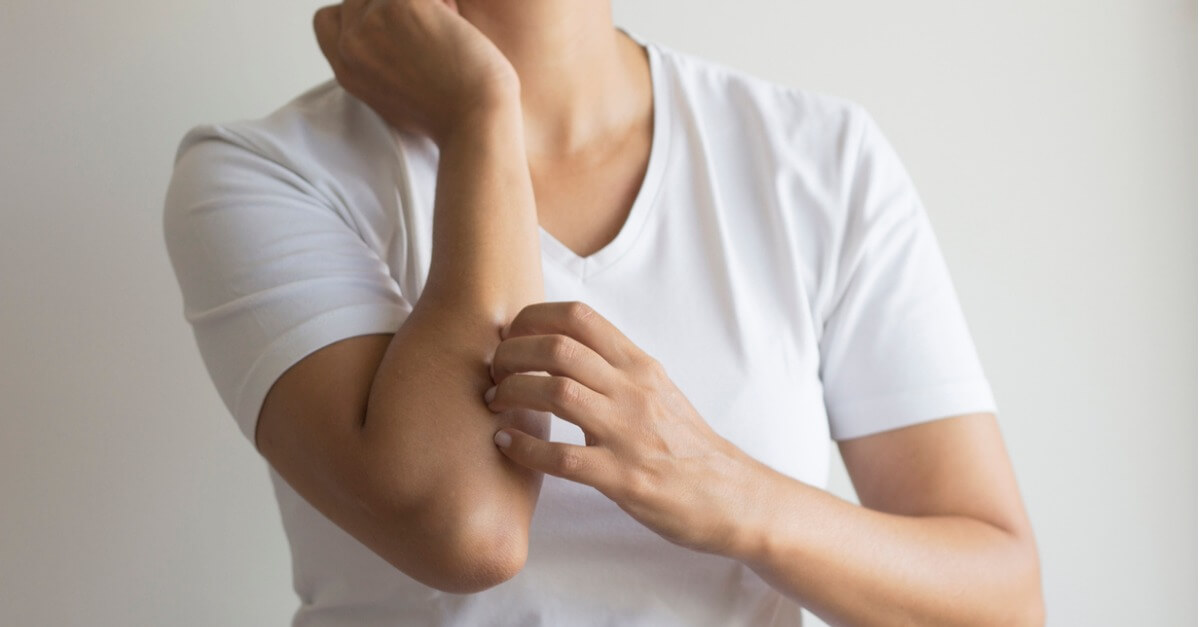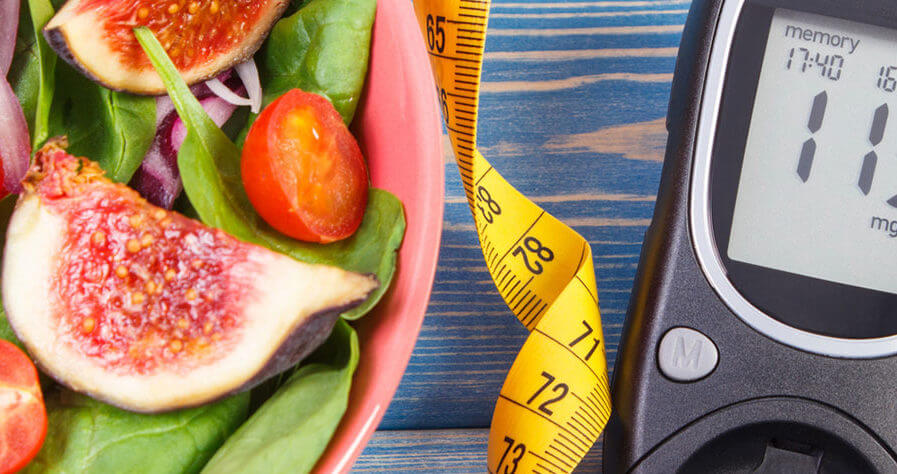The Signs and Symptoms of Diabetes

The Centers for Disease Control and Prevention (CDC) estimates that 30.3 million people in the U.S., or 9.4 percent of the population, have diabetes. This includes 23.1 million who have been diagnosed with the disease and 7.2 million who are undiagnosed. Another 84.1 million adults have what is known as prediabetes, a condition in which blood glucose is elevated but not yet to the point that diabetes exists. Knowing the signs and symptoms of diabetes can help spot it quickly and get treatment.
What is Diabetes?
Diabetes is a disease in which blood glucose, also called blood sugar, is too high. This serious condition can cause a wide variety of complications including kidney failure, blindness, amputations, stroke and heart failure.
Normally when a person eats, a hormone made by the pancreas called insulin is released. Its purpose is to help glucose from the breakdown of food move into the cells, where it is used for energy. If that system is disrupted, glucose remains in the blood and sugar levels rise, even as cells are starved. This can cause some health issues.
There are two forms of diabetes, type 1 and type 2. Type 1 diabetes can be diagnosed at any age, but it is more commonly discovered in children and teens. Like type 1 diabetes, type 2 can be diagnosed at any age, but it is more common in people who are middle-aged or older. People who are overweight and sedentary are at a higher risk of developing type 2 diabetes.
Signs and Symptoms of Diabetes
The only way to know for sure if someone has diabetes is for their doctor perform tests. However, there are certain indicators that a problem may exist.
Be sure to talk with your doctor if you or a loved one experiences one or more of these symptoms on an ongoing basis:
- Fatigue and hunger. Because your body can’t move glucose into your cells properly, they lack in energy, so you feel tired. You also feel hungry as the body encourages eating to meet its nutritional needs.
- Yeast infections. Yeast feeds on glucose, so having excess sugar in your system makes it easier for it to grow.
- Thirst and frequent urination. Your body reabsorbs glucose through the kidneys. As your blood sugar rises past normal levels, your body compensates by increasing that process, which requires more water and produces more urine.
- Itchy skin and dry mouth. Because your body needs more water to address high glucose levels, it may pull fluid out of your skin and other tissues.
- Sores and cuts that are slow to heal. Over time, diabetes can impact blood flow and cause nerve damage, which can affect your ability to heal.
- Numbness or pain in legs or feet. This can be caused by neuropathy, or nerve damage, and is one of the most common long-term complications of type 2 diabetes.
- Unexplained weight loss. To obtain more energy, your body may start burning fat and muscle even though you haven’t changed your eating habits or exercise routine.
- Nausea and vomiting. As your body begins burning fat, substances called ketones can build up making you feel sick to your stomach. If the levels get too high, a life-threatening condition called ketoacidosis can occur. It may be preceded by your breath starting to smell sweet or like nail polish remover as a result of the ketones.
Diabetes Prevention and Treatment
Type 1 diabetes must be treated with daily insulin. Type 2 diabetes typically can be prevented or reduced in severity through diet and exercise. If those lifestyle changes aren’t effective, treatment with medication or even insulin may be required.
The sooner you take action to address diabetes or prediabetes, the less likely you are to suffer the variety of consequences that can result from the disease. Your doctor can talk with you about risk factors and treatments.



